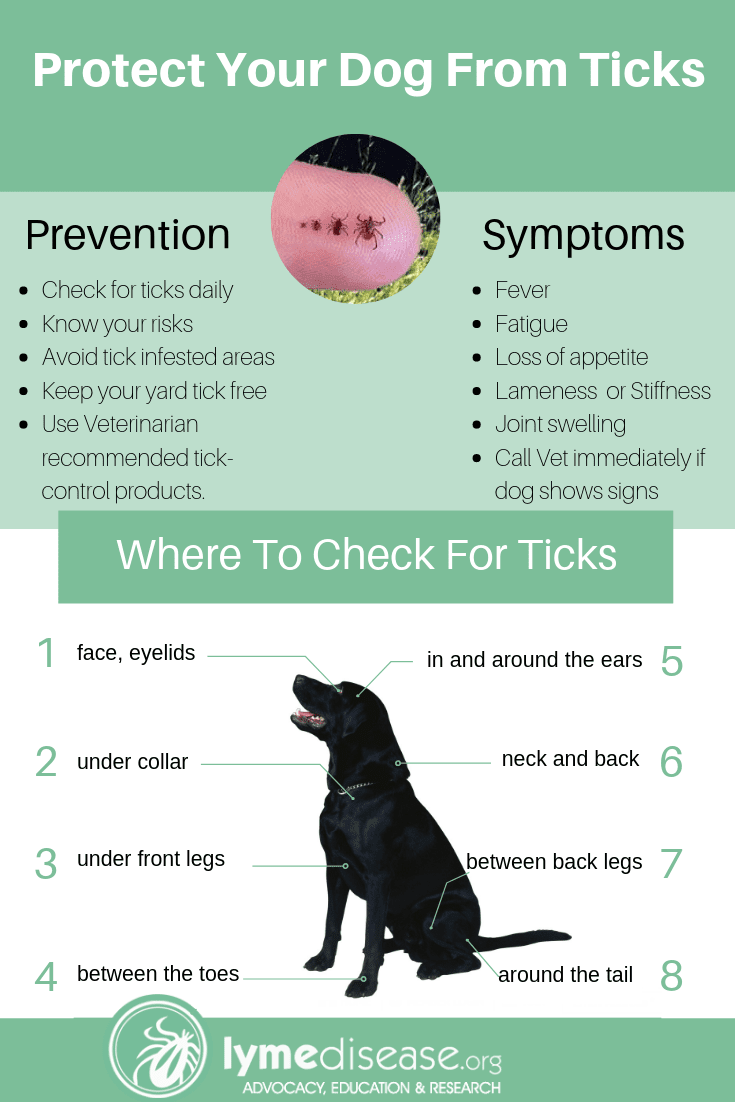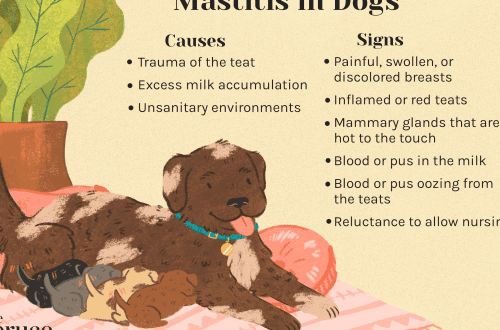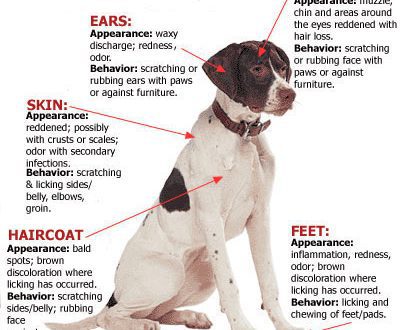
The dog has a tick. What to do?

The period of activity of ticks begins in early spring. In fact, from the moment when the snow melted and buds appeared on the trees, the owner of the dog should be especially attentive to his pet.
Ticks do not like high temperatures. It is believed that they feel comfortable at 15-17C. Therefore, the period from April to mid-July is traditionally considered the most favorable time for ticks, it is at this time that they are most active.
Contents
How to detect a tick?
As a rule, a tick can be detected in two cases:
As a result of the daily preventive examination of the dog, which should be carried out after each walk during periods of activity of ticks.
The dog begins to show anxiety, scratches, licks and bites the bite.
What to do if you find a tick:
The tick should be removed immediately;
Treat the bite site with an antiseptic;
Observe the behavior of the animal to identify possible infection.
How to get rid of a tick?
Removing a tick is quite simple:
Apply a special agent to the tick that will weaken the insect. You can find a suitable one in any veterinary pharmacy. If there is no pharmacy nearby, you can use oil – just drop it on the tick;
Use tweezers to grab the tick as close to the head as possible. Next, you need to remove it from the body with twisting movements.
It’s important
Don’t try to remove the tick with your hands. In this case, you run the risk of not grasping it tightly enough and leaving the head in the body of the animal.
Why are ticks dangerous?
Ticks are not so terrible in themselves, but they are carriers of hemoparasitic diseases and infections, which, in turn, can cause a number of quite serious diseases in dogs and humans: piroplasmosis, staphylococcus aureus, bartonellosis, anaplasmosis, ehrlichiosis, dirofilariasis, borreliosis.
Therefore, after you have removed the tick and treated the bite site, you need to carefully observe the dog for a couple of days.
If it has become lethargic, and the color of the urine of the animal has become dark or red, immediately contact the veterinary clinic! This is clear evidence that the dog is infected.
Prevention
Check your dog carefully for ticks after each walk. As a rule, these insects cannot get through the thick undercoat and attach themselves in the area of the muzzle, ears or abdomen.
In the season when ticks are especially active, use special acaricides – drops on the withers, tablets, sprays, collars.
Drops at the withers should be absorbed into the skin. Therefore, they begin to act in about a day.
Sprays from ticks begin to act instantly.
Not so long ago, long-acting tablets (3-6 months) appeared on sale, acting on the same principle as drops at the withers. Such a remedy is perfect for families with small children, since when communicating with a pet there will be no danger of direct contact with the active substance of the remedy.
Collars contain long-term insoluble compounds that do not start working immediately, but about a day or two after you put the collar on the dog, since the product needs time to spread through the animal’s coat.
Be careful when combining products (eg drops + collar). As a rule, before putting on the collar, it is recommended to take a break of 10-15 days after using the drops so that the load on the dog’s body is not too intense. Consult with your veterinarian to determine the best regimen for your dog.
Keep in mind that although preventive measures reduce risks, they do not completely eliminate them. Therefore, be prepared to take the necessary steps to help your pet promptly.
The article is not a call to action!
For a more detailed study of the problem, we recommend contacting a specialist.
Ask the vet
July 6 2017
Updated: October 1, 2018





